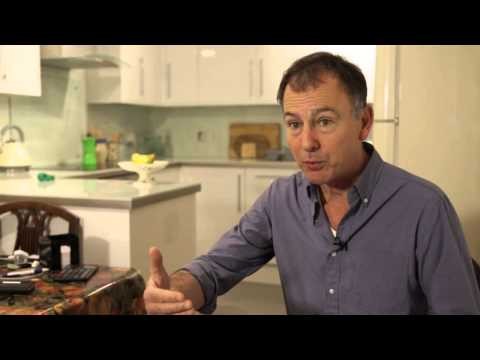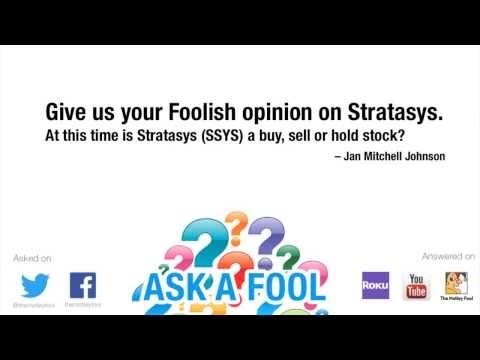Sotheby s Stock Price The World s Best Overconfidence Indicator Sotheby s (NYSE BID)
Post on: 16 Март, 2015 No Comment

By Vikram Mansharamani
Anyone who has witnessed a live auction in which bidding far exceeds pre-auction estimates or sets a new world record price understands there is something curious in the air. There is something electric, something indescribable, something magical. I believe that something is confidence, perhaps even overconfidence.
Consider the stock chart of Sothebys (NYSE:BID ) below, which has proven useful as a bubble indicator. A quick scan of the list of the worlds most expensive paintings finds that there are numerous chronological clusters: 19881990, 19971999, 20062007, and then 20112012. Not surprisingly, these clusters are associated with (relative) highs in the price of Sothebys stock. New highs in Sothebys stock price are an important indicator of overconfidence and bubbly conditions.
Sothebys (BID ) Stock Prices, 1988Present
At each of these times, confidence was running extremely high. In the late 1980s, for instance, Japanese art buyers domineered the market for high-end art and were responsible for numerous world record prices. Sothebys stock price peaked months before the Nikkei began a long decline. Likewise, the 1999 peak in Sothebys stock price is associated with the (irrational?) exuberance that telegraphed the tech bust. Although the buyers were different, the dynamics in 2007 were not different. Beneficiaries of easy money (hedge fund and private equity executives, among others) bought art at world record prices, driving Sothebys stock price to new highs. Again, the stocks peak telegraphed the global financial crisis. The most recent peak was driven by Chinese and emerging markets buyers, possibly telegraphing a Chinese and emerging markets slowdown.
Some of my thinking about the usefulness of Sothebys in predicting bubbly conditions is adequately described in an article by Derek Thomson titled The Art of Bubbles: How Sothebys Predicts The World Economy . Since that piece was published, many have asked me to clarify why Sothebys stock price seems to telegraph bubbly conditions.
Ill begin my answer with a question: Might the relationship between Sothebys stock price and bubbles merely be a coincidence? I personally do not think so, because in my eyes, Sothebys is a leading indicator of leading indicators of leading indicators of confidence. Specifically, there are three layers of confidence stacked upon each other that can be seen in the stock chart above: (1) buyer confidence, (2) appraiser confidence, and (3) investor confidence. Unlike the actual prices of art which may be a reflection of buyer confidence Sothebys stock price is less subject to the whims of individual buyers or of the uniqueness factor associated with specific works of art.
Not surprisingly, those that set new world record art prices tend to be those that have substantial personal resources meaning they are usually very very rich. In short, those that pay $100mm+ for a painting are usually those that have much more than $100mm in net worth; such buyers are likely to be billionaires with significant corporate interests. Because of this connection between art buyers and corporate leadership, art markets serve as a useful indicator of corporate and global confidence. If the CEOs of major companies begin to see clouds on the economic horizon (through their corporate capacity), they are likely to scale back on their personal art buying. The inflection point when executives convert from aggressive to reluctant bidders is very unlikely to result in world record art prices. It should not be surprising, then, to note that corporate M&A activity had recent relative peaks in 19992000 and 2007. (There wasnt a new M&A peak in 2011 in terms of transaction value, due in some part to the extended nature of the global credit crunch.)
There is an additional layer of confidence that is important to consider auction house appraiser confidence embedded in pre-auction estimates. As new record prices are set, appraisers themselves begin increasing their estimates of what future sales should achieve. Imagine you are an appraiser of Chinese artifacts and a vase estimated to sell for between $800 and $1200 recently sells at auction for $18 million (true story!). Might you be inclined to raise your estimate of other Chinese artifacts? Higher prices yield higher estimates, which yield higher prices until they dont. Closely related to this appraiser confidence is management confidence. In the past, Sothebys management grew so confident in their appraisers that they began guaranteeing prices to prospective sellers. The result was an increase in inventory owned by Sothebys at precisely the time that the market for such art was cooling rapidly.

In addition to the buyer confidence and the appraiser confidence, there is a third form of confidence captured by the price movements of Sothebys: investor confidence. Because Sothebys stock is itself an object of investor bidding, it is a manifestation of investor perceptions and analyst estimates. As auctions go well, analysts raise earnings estimates. Higher estimates make the stock appear less expensive, drawing investor interest. Relatedly, the investor relations function at Sothebys exhibits variable confidence as the stock progresses and the underlying business results become obvious, thereby affecting analyst estimates.
While Sothebys current stock price in the low $30 per share range may not be saying very much about (over)confidence today, one can imagine a time when the stock reaches a new high. What if the stock hit $75 a share on the back of world record prices being paid by [insert country here] buyers? Furthermore, assume that the economy of [same country] were booming and its local capital markets were hitting new highs. It seems to me that it would be prudent to take a more risk-averse stance vis—vis investing in that countrys market.
At the end of the day, spotting bubbles is at best a probabilistic exercise and requires multiple confirmatory data points before one can say anything with conviction. Certainty is an elusive goal, but the use of multiple lenses (as I articulate in my book ) can be very powerful in gaining an edge. Thus, to improve your performance in the art of spotting bubbles, focus on spotting bubbles of art.
Disclaimer: Please note that the content of this site should not be construed as investment advice, nor do the opinions expressed necessarily reflect the views of CFA Institute.
Since you’ve shown interest in BID, you may also be interested in














